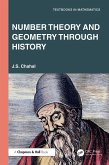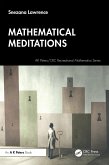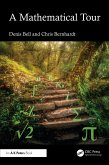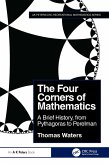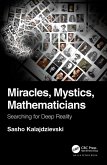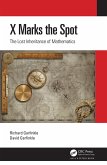Number Theory and Geometry through History develops an appreciation of mathematics by not only looking at the work of individual, including Euclid, Euler, Gauss, and more, but also how mathematics developed from ancient civilizations. Brahmins (Hindu priests) devised our current decimal number system now adopted throughout the world. The concept of limit, which is what calculus is all about, was not alien to ancient civilizations as Archimedes used a method similar to the Riemann sums to compute the surface area and volume of the sphere.
No theorem here is cited in a proof that has not been proved earlier in the book. There are some exceptions when it comes to the frontier of current research.
Appreciating mathematics requires more than thoughtlessly reciting first the ten by ten, then twenty by twenty multiplication tables. Many find this approach fails to develop an appreciation for the subject. The author was once one of those students. Here he exposes how he found joy in studying mathematics, and how he developed a lifelong interest in it he hopes to share.
The book is suitable for high school teachers as a textbook for undergraduate students and their instructors. It is a fun text for advanced readership interested in mathematics.
Dieser Download kann aus rechtlichen Gründen nur mit Rechnungsadresse in A, B, BG, CY, CZ, D, DK, EW, E, FIN, F, GR, HR, H, IRL, I, LT, L, LR, M, NL, PL, P, R, S, SLO, SK ausgeliefert werden.



